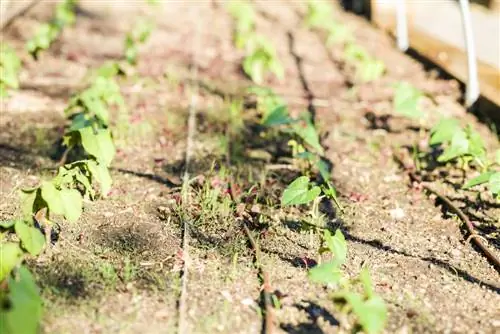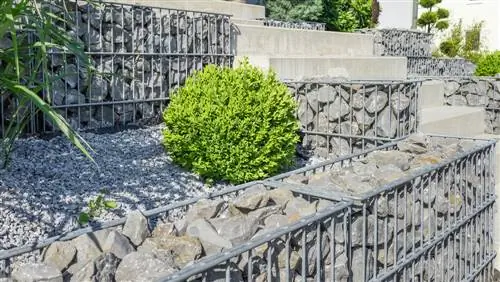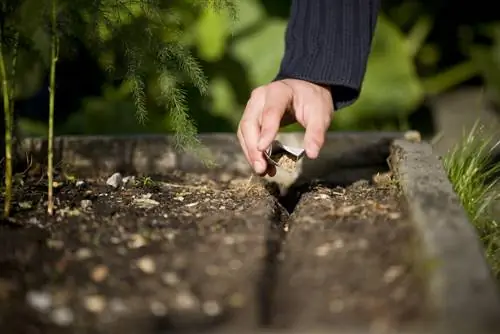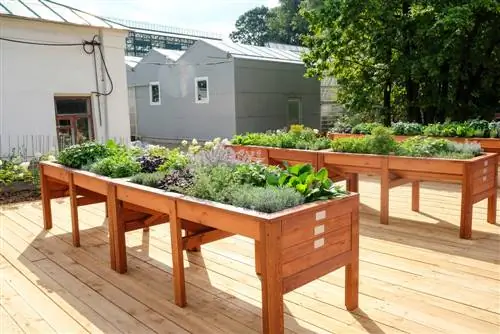- Author admin [email protected].
- Public 2023-12-16 16:46.
- Last modified 2025-06-01 06:02.
Sloping gardens offer little space for plant beds and are therefore not very popular among garden enthusiasts. Another disadvantage: While rainwater collects at the bottom of the slope, the upper areas dry out too quickly. Nevertheless, with a little skill and imagination, a hillside property can be transformed into a magical garden - raised beds make it possible.
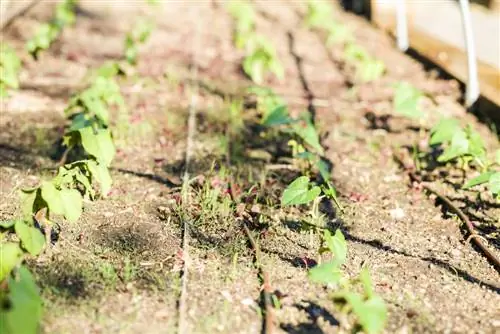
How do I design a raised bed on a slope?
A raised bed on a slope offers optimal use of space, stabilizes the slope and enables creative design. Choose robust materials, build the bed on a slight slope and, if necessary, add a foundation and drainage for additional stability and water drainage.
Build raised beds on a slope - make optimal use of the space
Raised beds are used to support or shape slopes, increase the garden area and create harmonious transitions, for example between the terrace and the garden. For example, use the height differences to create a design with several raised beds at different levels. These can be designed effectively in different styles or can be used in different ways - with raised vegetable beds, fruit and ornamental plant beds.
Sturdily built raised beds support slopes
Solidly constructed raised or terraced beds prevent soil or other ground material from slipping in a practical and at the same time attractive way. At the same time, they form flat planting areas. To build a raised bed on a slope, you can use natural stones, bricks, concrete blocks, but also wooden poles (€16.00 on Amazon), beams or palisades. Basically, you should ensure that the front of the bed is always slightly inclined towards the slope so that it can permanently withstand the pressure of the soil behind it.
Stabilize slopes properly
If the slope is very steep or the ground conditions are extremely unsafe, we recommend concreting a foundation with integrated reinforcing iron for the front of the raised beds. This ensures that the structure is on level ground and cannot tip over or sink. It usually makes sense to call in a specialist for this work.
What to do if the soil is very moist?
If the soil on the slope is very damp or wet, it is advisable to additionally stabilize the sloping surface with drainage. To do this, lay drainage pipes under the foundation, far behind the front of the raised bed, whose outlet openings are located on the front of the bed. If you also backfill the front of the bed with loose material such as a gravel-sand mixture, any water that accumulates can be drained away quickly.
Tip
Small areas, such as those often located on the side of terraces or entrance stairs, are usually planted with ground cover plants. Here too, a raised bed offers the opportunity for a visually appealing design. For example, you can stagger the height of the plants according to the gradient of the stairs - this creates a natural-looking overall picture.

